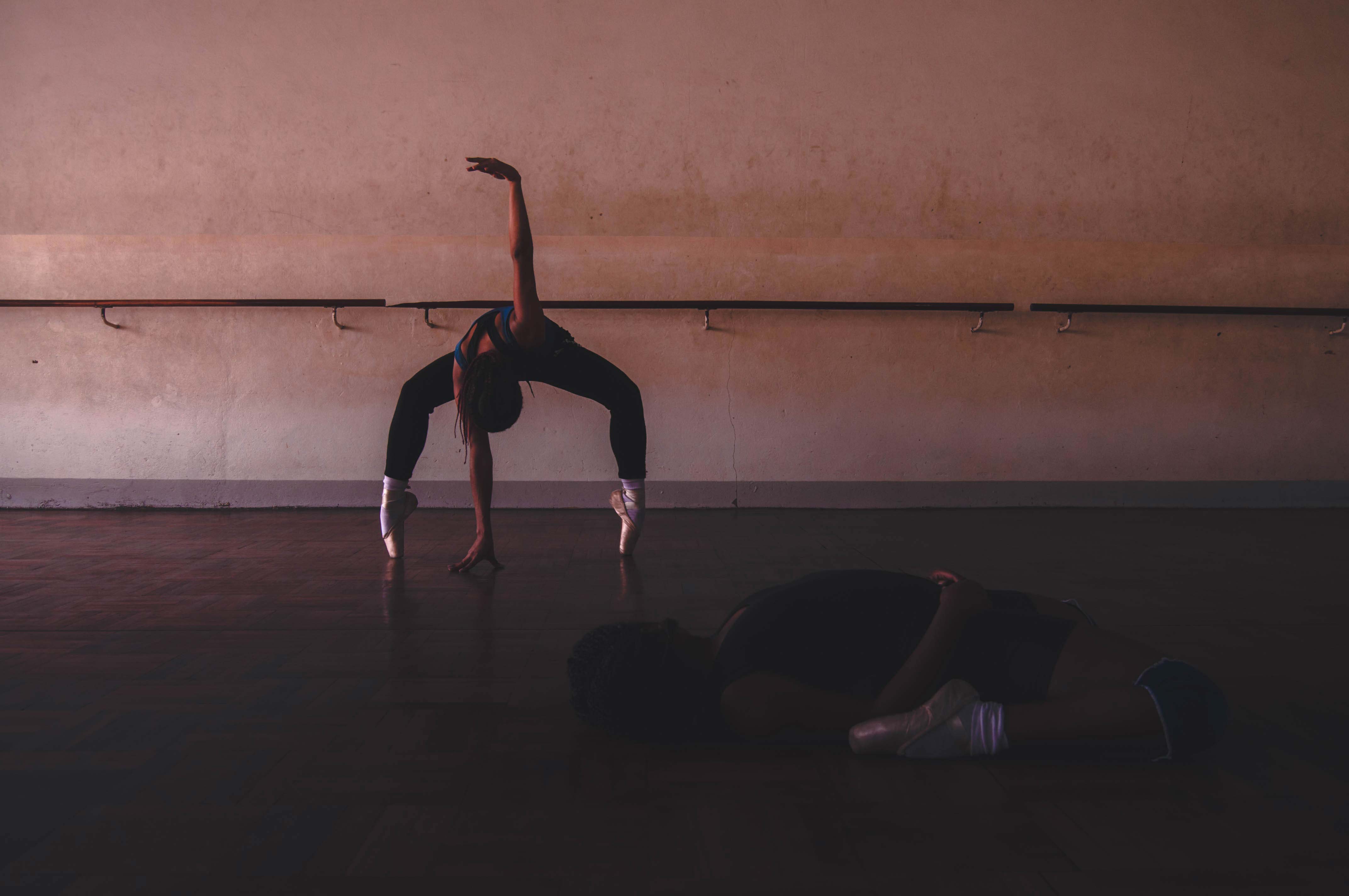Visit
Physiosports Brighton,
429 Nepean Highway, Brighton East,
3187, VIC, Australia
Call
Fax
03 9596 9155
physiosports@physiosports.com.au

Dancers experience injury when their bodies cannot support the positions and loads of dance training. They are also susceptible during times of growth, increased training hours and at times of significant change. Our team of physiotherapists can provide specialised treatment.
These treatments aim to ensure a dancer gets the best out of their body and is able to perform at an elite level.
Injury management is dancer specific and involves a thorough assessment and may include the use of real time ultrasound.
Over the years we have come to understand the cumulative effects of specific repeated movement training in the studio on the dancer’s body. There are common conditioning inputs that may be very effective in preventing injury, and supporting positions for dance movements. Individual programs are available including those for mild scoliosis.
Pointe shoe transition may be safely done following a pre-pointe assessment. Transition onto pointe can be advised in stages should there be insufficient strength to sustain the position.
Pre- pointe assessment involves a thorough screening of flexibility, strength and movement patterns in the specific areas required to obtain Pointe. If there are areas of deficiency found then a plan and program will be set up to achieve these goals, and ultimately to obtain progression to Pointe.